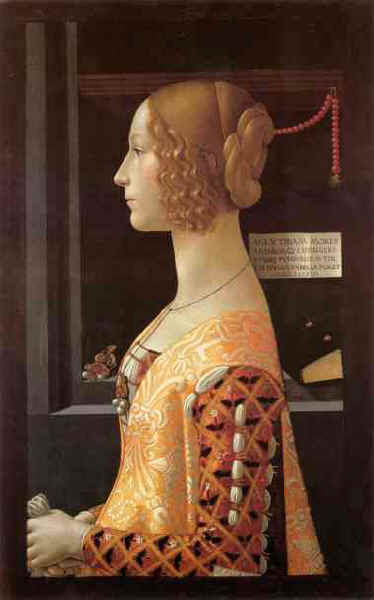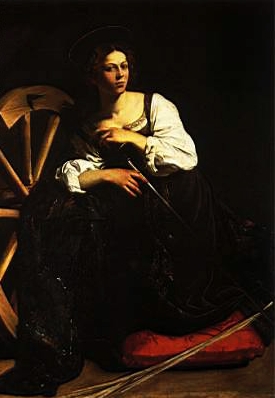Madrid - Galleries & Art
Our delightful hotel, The Hotel Suecia, was within easy walking distance well of “The Avenue of Art”, an elegant tree-lined boulevard, called the Paseo del Prado. This area is often referred to as the “Golden Art Triangle of Madrid” for the three leading art galleries Museo del Prado, Museo Thyssen-Bornemisza and the Museo Nacional Centro de Arte Reina Sofia stuated along its length.
This area had once been regarded as an outlying area of the city and referred to as the meadow of St Jerome (Prado de San Jeronimo) after the church, the Iglesia de San Jeronimo el Real, built in the sixteenth century for Queen Isabel.
During the reign of Carlos
III (1759-1789), a large-scale urban renewal scheme was planned for this
area to include gardens, significant buildings and three
grand fountains the Cibeles,
Neptune and Apollo, designed by the architect Ventura Rodriguez (more on
those later). This was to become known as
the Salon del Prado.
El
Prado is regarded as the most
beautiful neoclassic building in Madrid. Another of the King’s master
architects designed it, Juan de Villanueva as the Museum of Natural History in
1785.
In 1819 it became
Madrid’s premier Museum of Art and today contains the world’s finest
collection of Spanish paintings, including the masterpieces Adoration of the
Shepherds by El Greco, Las Meninas by Velasquez and Goya’s The
Clothed Maja and The Naked Maja, The Third of May (the
execution of the Spanish patriots by the French in 1808) and his late sombre
works called The Black Paintings and the great artists of Spain’s
Golden Age, Ribera, Zurburan and Murillo. Many
other masterpieces are a part of the Prado collection such as Van der Weyden’s
The Deposition, Caravaggio’s David Victorious over Goliath and
as well as Hieronymus Bosch’s The Garden of Delights and Fra
Angelico’s Annunciation.
Thanks to the Prado's enlightened view allowing non-flash photography, we can bring you pictures of some of the works mentioned.
Trisha in front of Las Meninas
Goya's The Third of May
Van der Weyden’s The Deposition, received close study.
as did the Caravaggio, although it would have been better if well known Caravaggio aficionado Michael Green could also have been in attendance to enjoy it with us.
The following small detail from Bosch's The Garden of Delights gives some idea of the state of his mind at the time the work was completed.
The Thyssen-Bornemisza museum
contains an exquisite collection housed in the equally exquisite former
18th Century neoclassical Palacio de Villahermosa.
The collection assembled by Baron Heinrich Thyssen-Bornemisza and his
son, Hans Heinrich, commenced in the 1920s was intended to illustrate the
history of Western Art from Italian and Flemish primitives to 20th
Century Expressionism and Pop Art.
The Palacio was adapted by
Rafael Moneo was opened to the public in 1992, the 800 art works were initially
on loan to the Government and in 1993 acquired by the Spanish State for a sum of
$350 million. The recent purchase
of adjacent properties saw the construction of modern galleries, on the right in
the picture below, to house the
Carmen Thyssen-Bornemisza collection (wife of the Baron).
See the
Two particular masterpieces
Ghirlandaio’s Giovanna Tornabuoni and Caravaggio’s Santa Catalina
de Alejandria will be remembered and a significant, comprehensive Corot
exhibition was a delight, entitled Nature Emotion Souvenir it represented all
aspects and all periods of his work. Finally
an informal portrait of the Baron by Lucian Freud was a worthy inclusion in the
collection.
Following is an image of Ghirlandaio’s Giovanna Tornabuoni

Below is Caravaggio's Santa Catalina de Alejandria

Museo Nacional Centro de
Arte Reina Sofia
The Centro de Arte Reina
Sofia stands at the southernmost end of the Avenue of Art.
In 1992 it was inaugurated to house the collection of the Spanish Museum
of Contemporary Art that had been located on the outskirts of the city in the
University area.
The building is situated
across from the main Madrid station, Atocha and the Plaza del Emperador Carlos V
another busy roundabout. It was
originally a hospital designed by the architect Francisco Sabatini in the 18th
Century. Between 1980 and 1988
restoration work was started by Antonio Fernandez Alba and finished by Iniguez
de Ozono and Vazquez de Castro and its two famous transparent lift towers were
designed in collaboration with the English architect, Ian Ritchie.
The French architect, Jean Nouvel, has designed major extensions.
The picture below shows Atocha viewed from inside the elevator on the top floor.
In the frontcourt
stands the large monolithic sculpture The Spanish People Have a Path which
Leads to a Star (1937) by Alberto (Alberto Sanchez), which stood in a
similar position in front of the Spanish Pavilion at the World Fair in 1937.
Below a picture of the sculpture from inside the elevator.
While below we see the piece by itself.
The collection is of
Spanish contemporary art including Picasso, Miro, Gris, Dali, Tapies and the
Spanish sculpture Eduardo Chillida with a wide variety of temporary exhibitions
covering diverse modern artistic disciplines.
Perhaps the most well known painting in the gallery is Picasso's Guernika and you can see details of this work by clicking here.
Unfortunately the MNCARS, as it is known for short, has a strictly enforced policy against photography, so we can't bring you any images from within its galleries, but the picture below of the courtyard showing the Calder mobile was taken through the glass in spite of being scolded by a guard. Unfortunately the courtyard was closed for renovations, or because it was Monday.